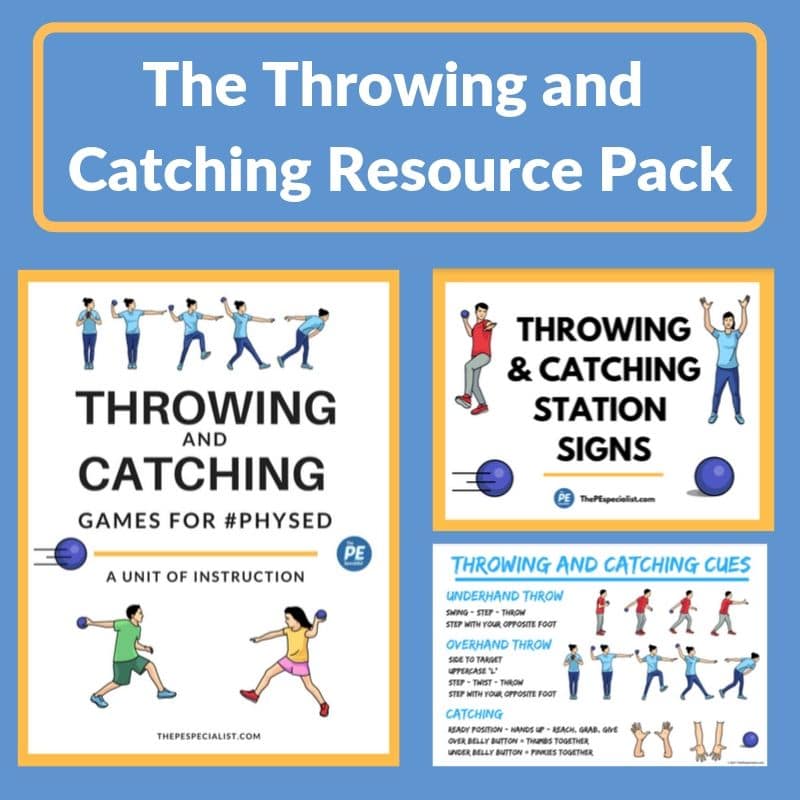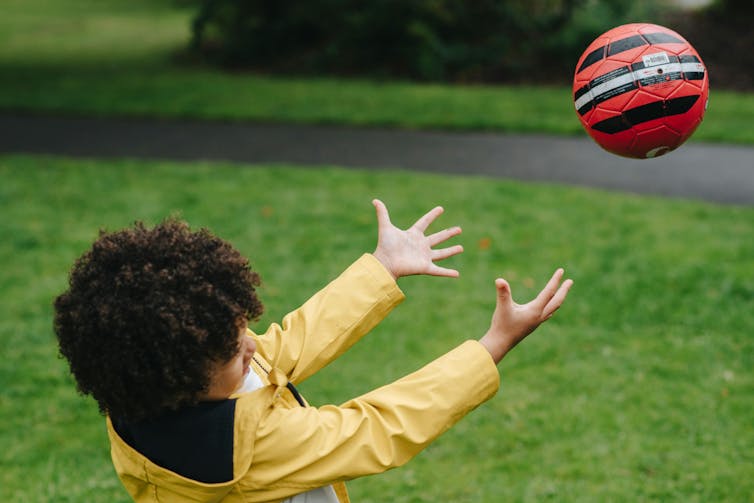4throws Fundamentals Explained
4throws Fundamentals Explained
Blog Article
4throws for Beginners
Table of Contents4throws Things To Know Before You BuyThe Basic Principles Of 4throws The 4throws PDFs4throws Things To Know Before You Get ThisThe Main Principles Of 4throws
Resource: US Flying Force It's always enjoyable to see who can toss something the furthest, whether it's a round, a Frisbee, or even a rock. Track and area is the place where you can toss stuff for range as a real sporting activity. There are four significant tossing events outlined below.The men's college and Olympic discus evaluates 2 kilos (4.4 extra pounds). The women's college and Olympic discus evaluates 1 kilo (2.2 extra pounds). The discus is thrown from a concrete circle that is about 8 feet in diameter. The professional athlete's feet can not leave the circle prior to the discus lands or the professional athlete will certainly fault and the throw won't count.
The athlete that throws it furthest from the front part of the circle (and within the legal area) wins. The men's college and Olympic javelin considers 800 grams (28.2 ounces) and is regarding 8.5 feet long.
All About 4throws
The professional athlete that throws it furthest (and within the lawful location) wins. In the shot put event professional athletes throw a metal round. The males's college and Olympic shot considers 16 extra pounds. The ladies's college and Olympic shot weighs 4 kgs (8.8 pounds). This sport in fact began with a cannonball throwing competitors between Ages.
The athlete can not touch the top of the toe board or action over it during the toss. There are two usual throwing strategies: The very first has the athlete slide or "move" from the back to the front of the circle prior to launching the shot.

4throws Fundamentals Explained
In this track and area throwing event the professional athlete throws a steel sphere attached to a handle and a straight cable concerning 3 feet long. The guys's university and Olympic hammer evaluates 16 extra pounds. The ladies's university and Olympic hammer evaluates 4 kilos (8.8 pounds). The hammer is tossed from a concrete circle 7 feet in diameter (similar to the shot put) however there is no toe board.
The athlete rotates several times to gain momentum prior to releasing and tossing the hammer. Balance is essential because of the pressure generated by having the heavy round at the end of the he has a good point wire. The athlete that tosses it outermost from the front part of the circle (and within the legal location) wins.
We located that humans have the ability to throw with such speed by saving flexible power in their shoulders. This is accomplished by placing the arm as if the arm's mass resists movements produced at the upper body and shoulder and revolves backwards away from the target. This "cocking" of the arm extends the tendons, ligaments, and muscular tissues crossing the shoulder and stores elastic energy (like a slingshot).
We discovered that people have the ability to toss with such velocity by storing elastic energy in their shoulders. This is completed by placing the arm as if the arm's mass stands up to motions produced at the torso and shoulder and turns in reverse far from the target. Shot put for sale. This "cocking" of the arm stretches the tendons, tendons, and muscle mass crossing the shoulder and stores elastic energy (like a slingshot)
4throws Fundamentals Explained
(https://fliphtml5.com/homepage/mffcm)This torso rotation generates big forces needed to stretch the elastic tendons and ligaments in the shoulder. The reducing of the shoulder alters the positioning of numerous shoulder muscle mass, including the pectoralis major (the big breast muscular tissue), which is essential to saving energy. We found that low humeral torsion (the turning of the top arm bone) enables us to keep more energy and thus, toss much faster.

Target-based sporting activities have 2 major genres: bowling and darts, each of which have a variety of variants. Tossing sporting activities have a long history. Modern track and field comes from a lineage of activities that dates to the Ancient Olympic Games. Artwork from Old Greece. Javelins, in the kind of friezes, ceramic and statuaries, attests to the prominence of such sports in the culture's physical society.
Usual one-armed tossing techniques consist of overhand tossing (launching with the arm over the shoulder) and underarm throwing (launching with the arm below the shoulder). With both arms, above throwing and chest-passing prevail actions. The kind of throw made use of is very affected by the residential properties of the projectile: tiny, hefty things are held and pressed far from the body (e.g.
Examine This Report on 4throws
weight toss, keg throw); smaller sized, lighter objects such as balls and darts have a tendency to make use of a prolonged overarm strategy where distance or speed is needed, and an underarm strategy where better precision is called for. In these sports, the majority of throws are drawn from a fixed setting or minimal area. Nevertheless, some sports do include a short run-up to the toss line, for instance javelin throw and ten-pin bowling.
Report this page